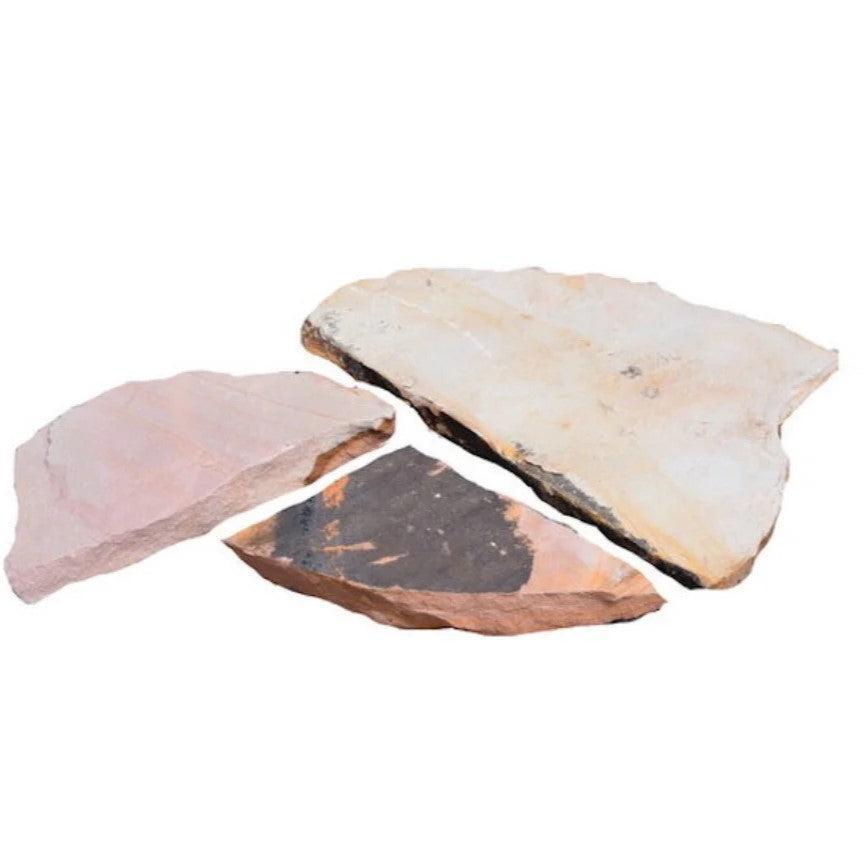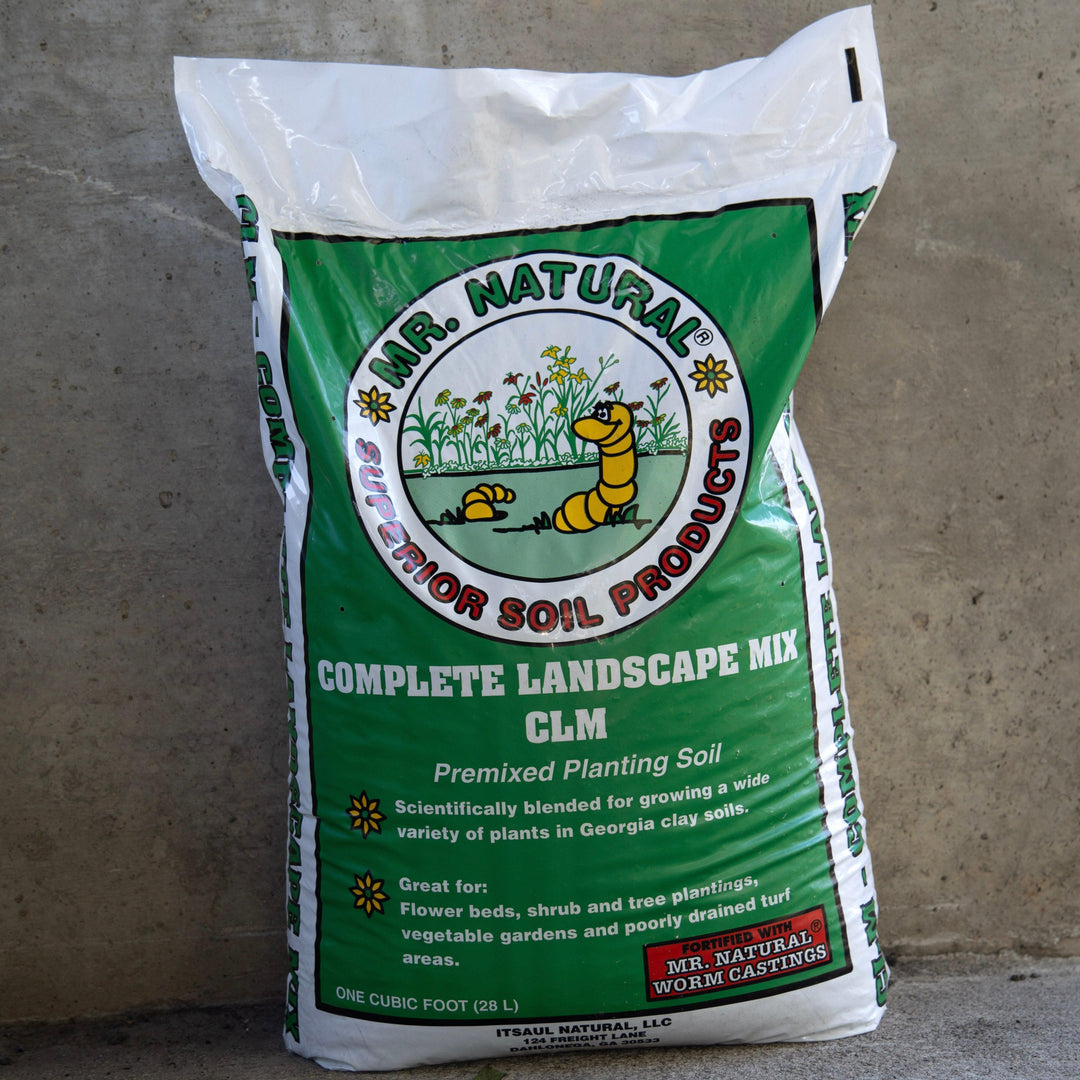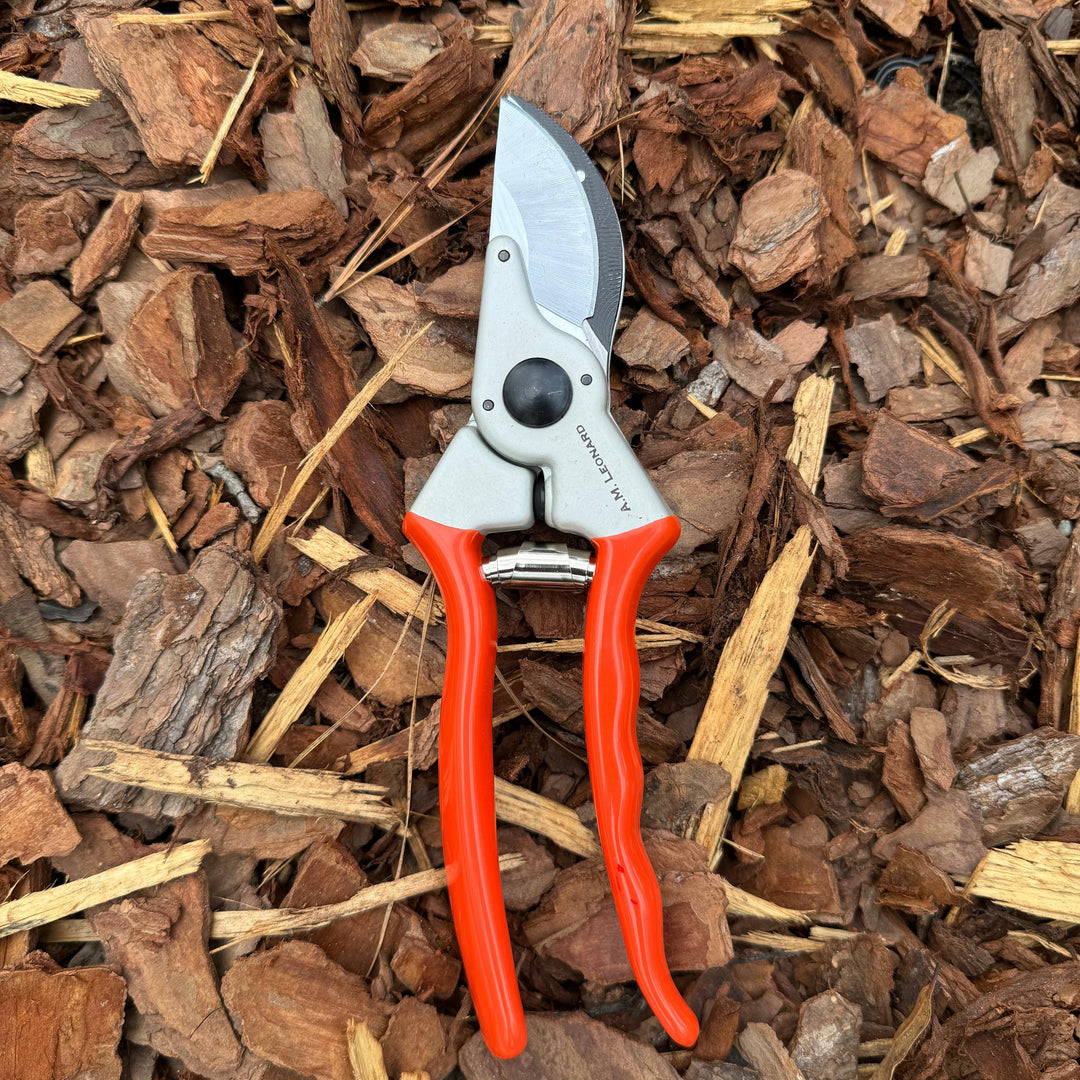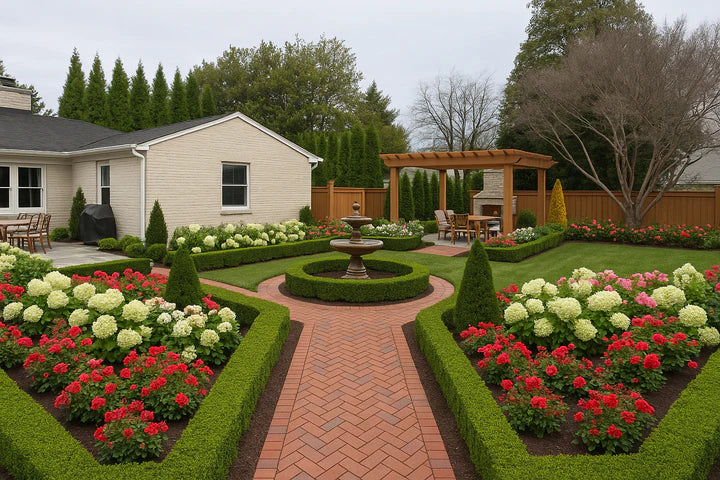The Gala Apple is a popular and widely cultivated apple variety known for its sweet and crisp flavor. Here's everything you need to know about Gala Apples:
-
Origin: The Gala Apple was first discovered in New Zealand in the 1930s and is a cross between the Kidd's Orange Red and Golden Delicious apple varieties.
-
Appearance: Gala Apples are medium-sized with a round to slightly oblong shape. They have a thin, smooth, and shiny skin that is predominantly yellow with red stripes or blushes.
-
Flavor and Texture: Gala Apples are known for their sweet and aromatic flavor. They have a pleasant balance of sweetness and tartness, making them enjoyable to eat fresh. The flesh is crisp and juicy, with a creamy yellow color.
-
Ripening Season: Gala Apples are typically harvested in late summer or early fall, depending on the region. They are known for their early ripening, making them one of the first apple varieties available in the season.
|
Type: |
|
|
Origins: |
Central Asia and Afghanistan |
|
Height: |
15' - 18' |
|
Spread: |
12’ - 15' |
|
Spacing: |
12' |
|
USDA Hardiness Zone: |
5 - 9 |
|
Culture: |
|
|
Bloom Color: |
White |
|
Season of Interest: |
MAINTENANCE NEEDS: High Maintenance. Water Regularly. Potential issues include apple scab, cedar apple rust, fire blight, leaf spot and and powdery mildew. Possible pests are aphids, maggots, boreres, and spider mites. Most commercially available Apples are grafted onto their rootstock, resulting in dwarf (8-10ft), Semi-dwarf (12-15ft) or standard tree heights all with full sized fruits. Ask the provider the rootstock classification for estimated size. Dwarf stock is easier to maintain and produces fruit at an earlier age.
LANDSCAPE USES: Accents or Group Plantings, Borders, Wildlife Gardens, Shade Tree, Edible Garden, and Container.
COMPANION PLANTS: Apple, Shasta Daisy, Bugleweed
IMAGE: Benjamint444, Galas (apples), CC BY-SA 3.0



















































